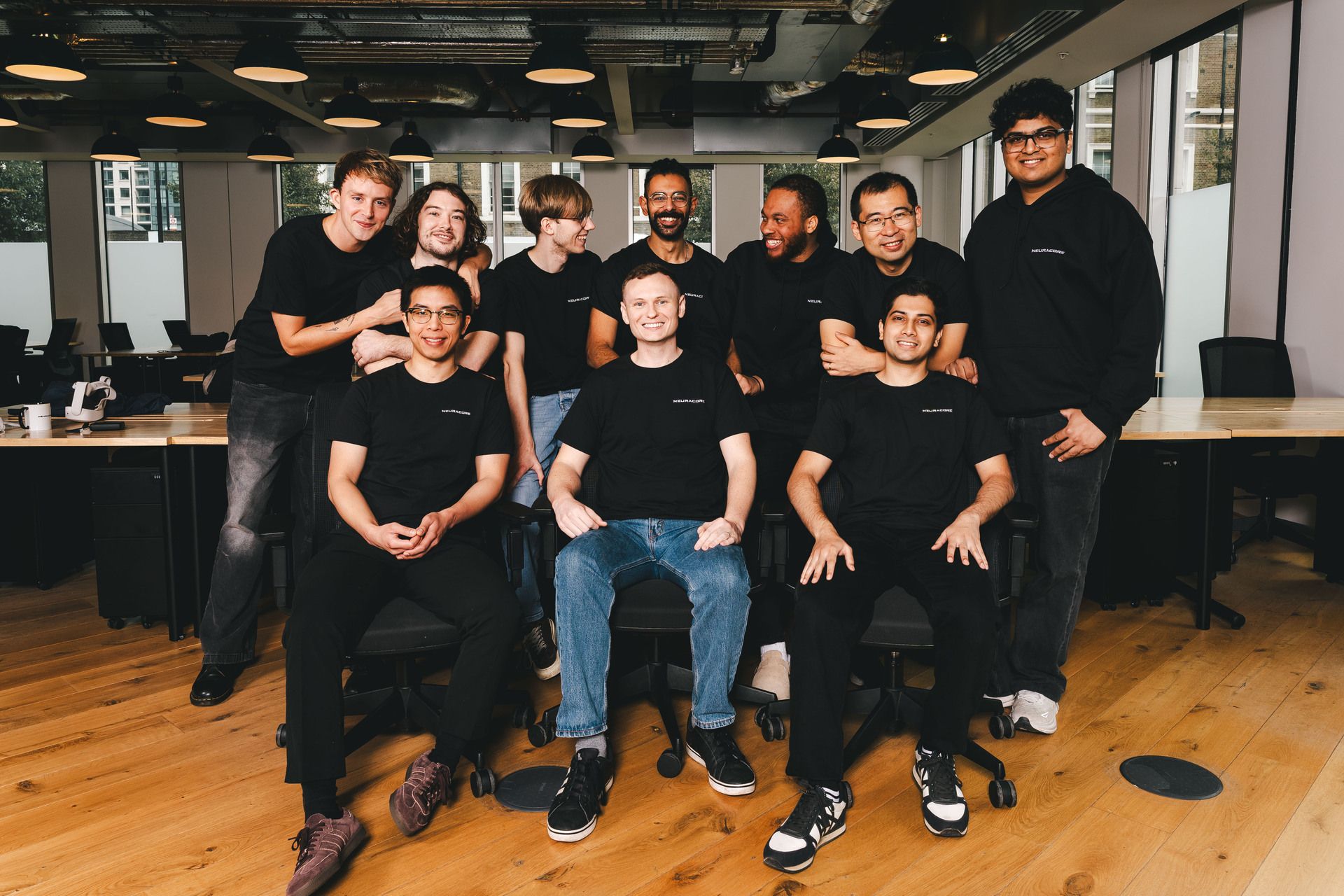
Courtesy of Neuracore
Robotics is evolving into a discipline driven by massive datasets and ML models, but the plumbing needed to support that shift hasn’t kept pace. Neuracore claims it can provide that missing foundation — and investors including Earlybird VC and Hugging Face’s co-founder and CEO Clem Delangue just backed the vision with $3m in pre-seed funding.
Founded in 2024 by Stephen James, an assistant professor of robot learning at Imperial College London, Neuracore bundles the “full robot learning pipeline” into a single cloud platform.
Instead of stitching together their own data, visualisation and deployment, the startup pulls this all together.
“After years in academic and industrial robotics, I saw every team — from research labs to warehouse automation startups — rebuilding the same infrastructure from scratch,” James said. “Our mission is to eliminate that duplication and democratise access to high-performance robot learning tools.”
The company says more than 50 organisations — across commercial robotics, industrial automation and academia — already use its platform.
Earlybird VC principal Laura Waldenstrom argues the category is overdue for abstraction.
“Teams are still wasting months building and maintaining their own infrastructure instead of focusing on deployment,” she said. “Neuracore provides what AWS did for web applications: a reliable, scalable platform that just works.”
Alongside the fundraise, Neuracore is launching a free academic programme that gives universities and research institutions access to the same enterprise platform its commercial customers use.
James hopes it will close what he sees as a widening accessibility gap between research labs and the robotics companies that ultimately commercialise their breakthroughs.
“Academic researchers are building the foundation for tomorrow’s robots,” he said. “They shouldn’t waste months setting up data pipelines. They should be innovating.”
The new capital will be used to expand the team and accelerate product development as the company positions itself as underlying infrastructure for the next wave of intelligent, autonomous machines.
